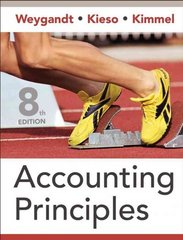Answered step by step
Verified Expert Solution
Question
1 Approved Answer
7. For this exercise, you will have to download data on equity returns from 1926 to 2019 from Kenneth French's Data library (http://mba.tuck.dartmouth.edu/pages/ faculty/ken.french/data_library.html). You

Step by Step Solution
There are 3 Steps involved in it
Step: 1

Get Instant Access with AI-Powered Solutions
See step-by-step solutions with expert insights and AI powered tools for academic success
Step: 2

Step: 3

Ace Your Homework with AI
Get the answers you need in no time with our AI-driven, step-by-step assistance
Get Started


